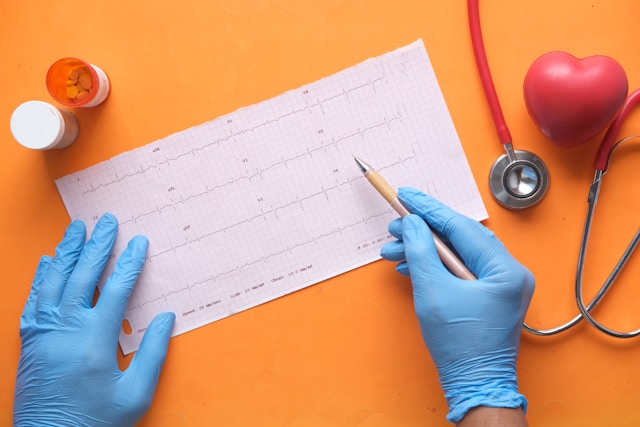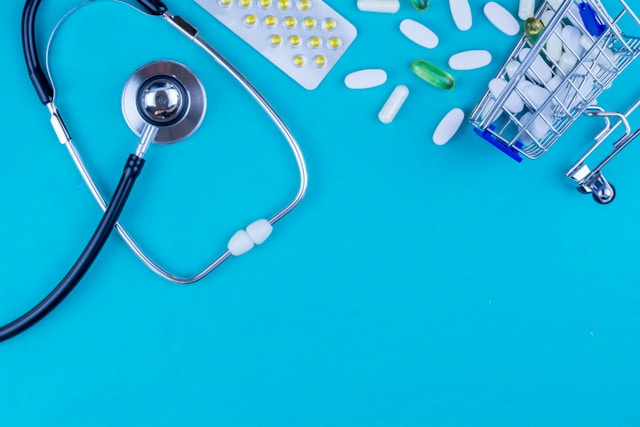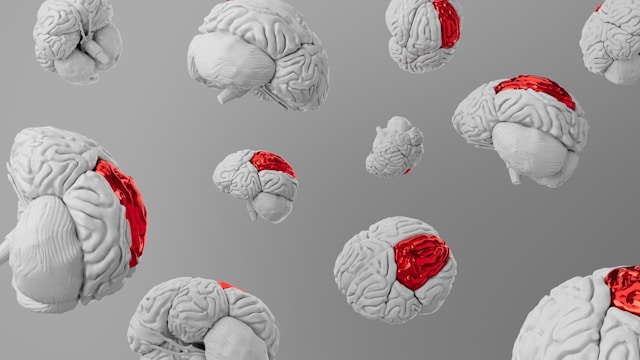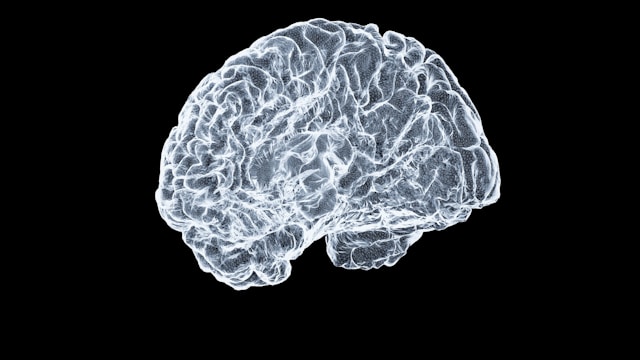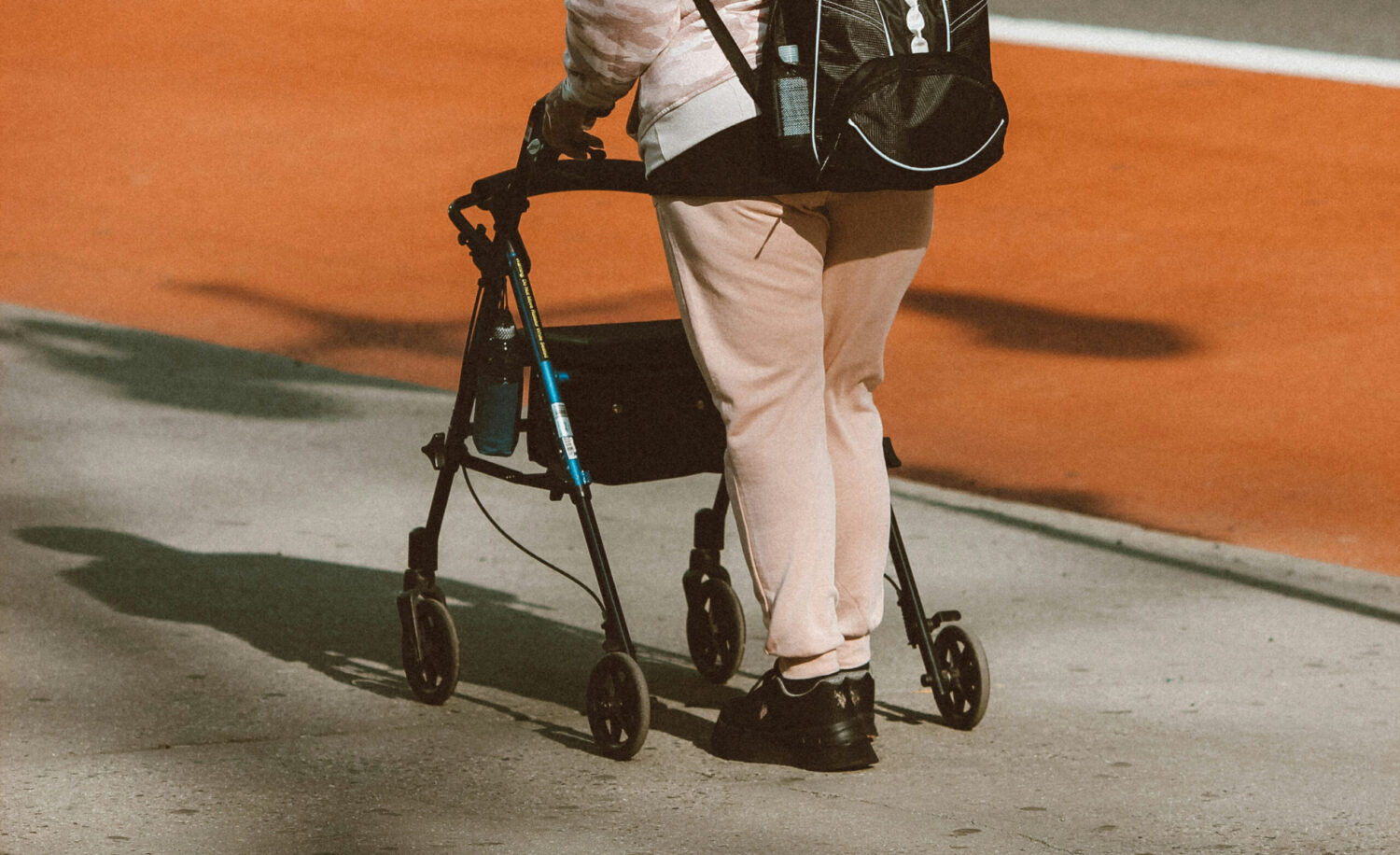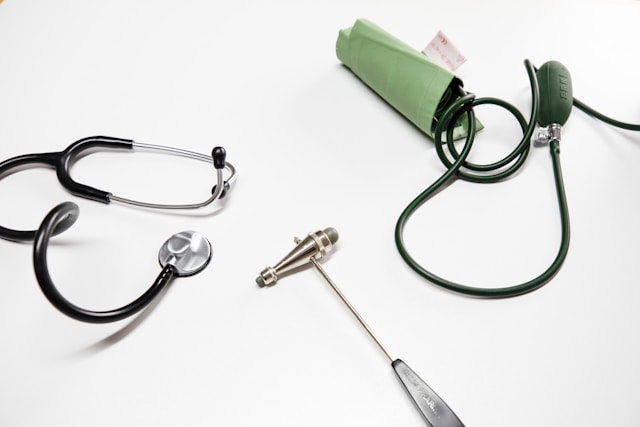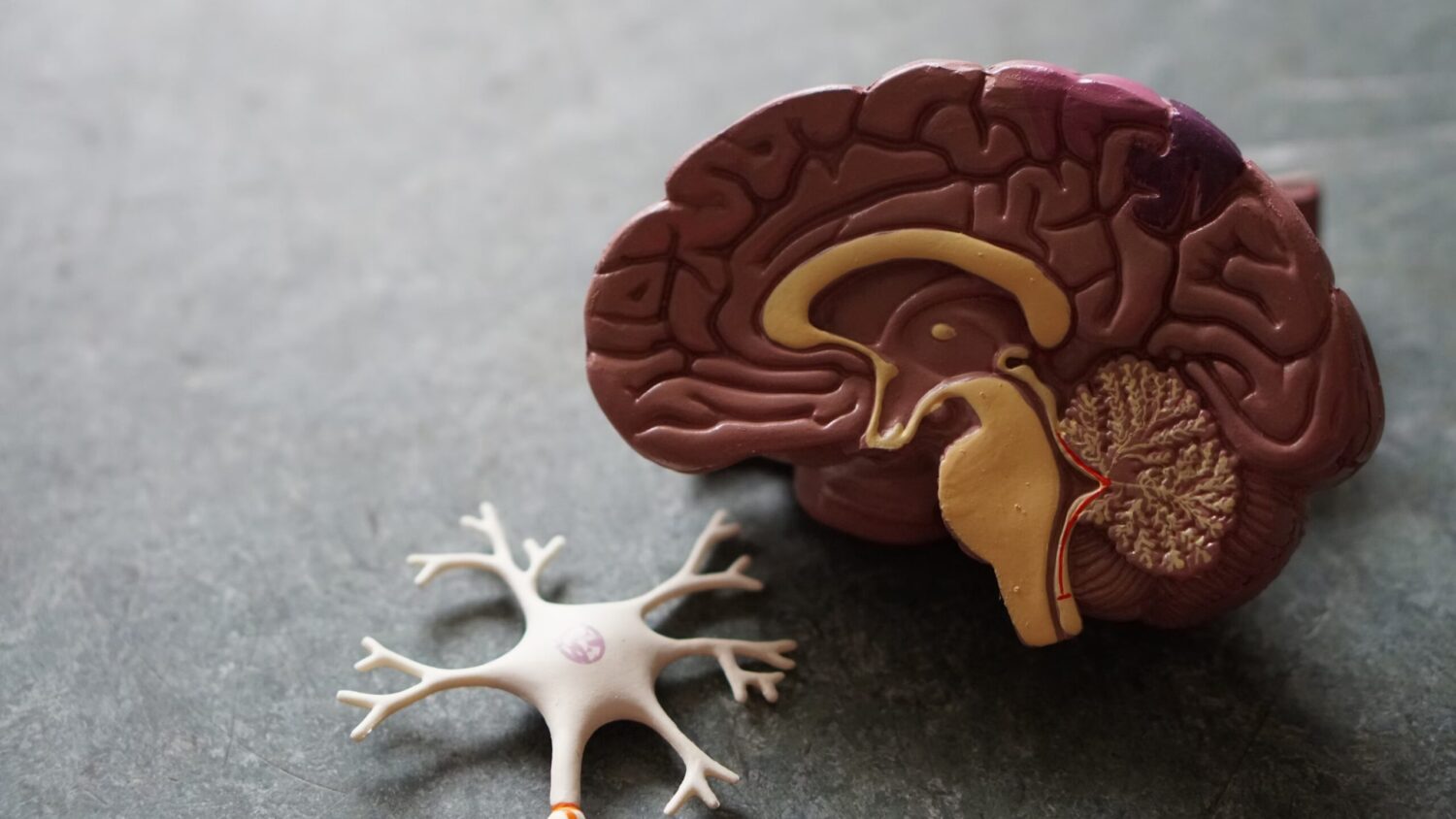Authors:
LV Stakhovskaya 1 , Na Shamalov 1 , DR Khasanova 2 , Ev Mel'nikova 3 , AS AGAF'INA 4 , KV Golikov 5 , AA Yakupova 6 , LV Roshkovskaya 7 , LV LUKINYKH 8 , T. M Lokshtanova 9 , Ie Poverennova 10 , La SHEPANKEVICH 11
1 Research Institute of Cerebrovascular Pathology and Stroke, Pirogov Russian National Research Medical University, Russian Ministry of Health, Moscow, Russia.
2 Interregional Clinical Diagnostic Center, Kazan, Russia.
3 St. Petersburg City Clinical Hospital No. 26, St. Petersburg, Russia.
4 St. Petersburg City Clinical Hospital No. 40 of the Resort Administrate District, St. Petersburg, Russia.
5 St. Petersburg City General Hospital no. 2, St. Petersburg, Russia.
6 Kazan Sate Medical University, Russian Ministry of Health, Kazan, Russia.
7 Nikolaevskaya Hospital, St. Petersburg, Russia.
8 Vsevolzhsk Clinical Internal Hospital, Leningradskaya Oblast, Russia.
9 Pirogov City Clinical Hospital No. 1, Samara, Russia.
10 SEREDAVIN SAMARA Regional Clinical Hospital, Samara, Russia.
11 Research Institute of Experimental and Clinical Medicine, Novosibirsk, Russia.
Place of publication:
Neuroscience and Behavioral Physiology, Vol. 48, no. 8, October, 2018
Summary:
Objectives. To Assess The Effi Cace and Safety of Prolonged Sequential Therapy with Mexidol in Patients with Hemispheric Ischemic Stroke (IS) In the Acute and Early Racovery Phasses. Materials and Methods. A Randomized, Double-Blind, Multicenter, Placebo Controlled, Parallel-Group Study InCluded 151 PATIENTS (62 MEN and 89 Women) Was Performed in Which 150 Aged 40–79 YEARS WERE RANDOMIZED. Simple Randomization Was Ussed to Defi Ne Two Groups: PATIENTS OF GROUP 1 Receved Mexidol Therapy at AT AT AT AT AT AT AT ATRAVENOS INTREaneUNUS Infusion for 10 Days followed BY INLAL DOSES of 1 tablet (125 Mg) Three Times A Day for Eight Weeks. PATIENTS OF GROUP 2 Receved Placebo by the Same Protocol. The Duration of Involved in the Trial Was 67–71 Days. Results. At the end of Treatment, Mean Scores on the Modifi Ed Rankin Scale (MRS) Were Lower in Group 1 That Group 2 (P = 0.04). Decresses in Mean Mrs Scores (At Visits 1–5) Were More Marked in Group 1 (P = 0.023). The Proportion of Patience Achieving Recovery Corresponding to 0–2 Points on the Mrs (At Visit 5) was Signifi Cantly Greater in Group 1 (P = 0.039). Testing on the National Institutes of Health Stroke Scale at Visit 5 Gave A Signifi Cantly Lower Score in Group 1 (P = 0.035). Decreases in Scores on the National Institutes of Health Stroke Scale at the End of Treatment Relative to the Baseline Level in Patients with Diabetes Were More Marked In Group 1 (P = P = P = 0 .038). In Group 1, The Total Population and the SubpopPulation of Paty Diabetes Mellitus Showed Morked Improvements in Quality of Life, Whis Apparent by Visit 2 Ion of Pathers with the Diffi Culty Mobilizing Was Signifi Cantly Greater in Group 1 (P = 0.022 ). There were no signifi carcasses in the frequencies of advers in patents of the Two Groups. Conclusions. Use of Mexidol in the Acute and Early Recovery Phasses of is IS Recommoded. Keywords: Acute Cerebrovascular Accident, Mexidol, EthylMethylhydroxypyridine Succinate, Effi Cace and Safety, Ischemic Stroke, Acute Phase, Early Reacovery Phase, Epica .
